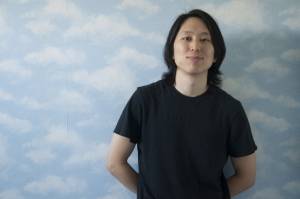
Welcome back to WorkSpace, a series featuring an inside look at the places where local artists roll up their sleeves and take care of business. This time, we are going to see the work of Daniel Ito, who was bred and fed in Champaign-Urbana. After spent 3 years outside, he came back looking to start making art, today he is working on a massive piece made of origami cranes and he is looking for a place to put up and show the ephemeral installation.
Art form: Installation
Smile Politely: When and how did you decide to become an artist?
Daniel Ito: Like many people, I enjoy imagining and creating (though not necessarily in that order). I’m blessed to have family, friends, and teachers that encourage me to explore creativity, both on my own and with others. I put creative exploration aside in college when I got caught up in the race of getting my degree and a job. After I moved to NYC for work, a lot of the expectations I had with how my life “should be” did not go as planned. I started writing poetry, mostly rhymes, as an outlet for the frustration and isolation I was feeling from the industry I was working in. I began folding cranes also out of frustration with so many elected “leaders” and those seeking election not mentioning peace as a possibility or even something worth striving for. I know I repeated the word “frustrated” twice here, but I don’t think I’m alone in feeling frustrated about how certain systems are putting so many people down.
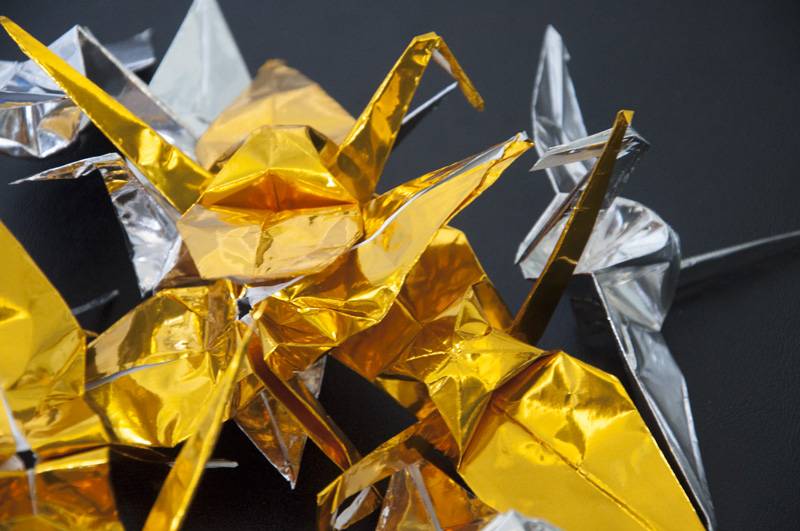
SP: What or who are your influences?
Ito: I think my earliest influences were the “children’s” stories I read and watched growing up. There’s a quote I like to remember about how stories enable humans to save time by providing a broader and deeper understanding (or overstanding, as Rastas I know would say) of human experiences without going through the experiences first-hand. My elementary school teachers at Garden Hills, Mrs. Eckstein and Mrs. Lash, also influenced me through all the creative projects and challenges they assigned as well as through their daily presence in the classroom. My more recent influences come from traveling and visiting museums and galleries. I find inspiration for creativity through being outdoors and from Grimes and Sarah Kay.

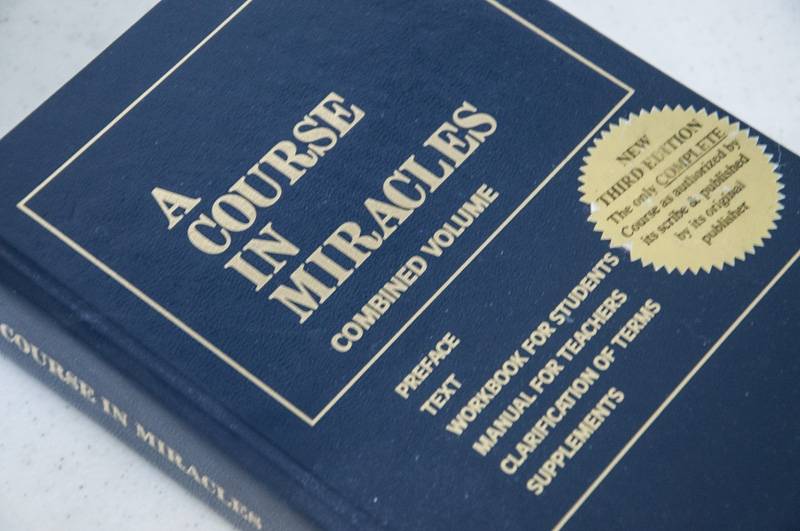
SP: Tell us about your workspace.
Ito: My workspace right now is out of my childhood home. My parents had this house built right before I began kindergarten, so I suppose this home and my room within it are the foundations for a lot of my creativity. I’ve always found that I can work best and with the most ease at home, wherever I’m living. Maybe that’s just the Cancerian nature in me. I’m not sure how long I’ll remain in town, but I know that the time is approaching for me to explore somewhere else for a while. I’m visiting a high school friend in San Diego at the end of July and on that trip, I’m looking to explore San Diego as a place to live for a little while.
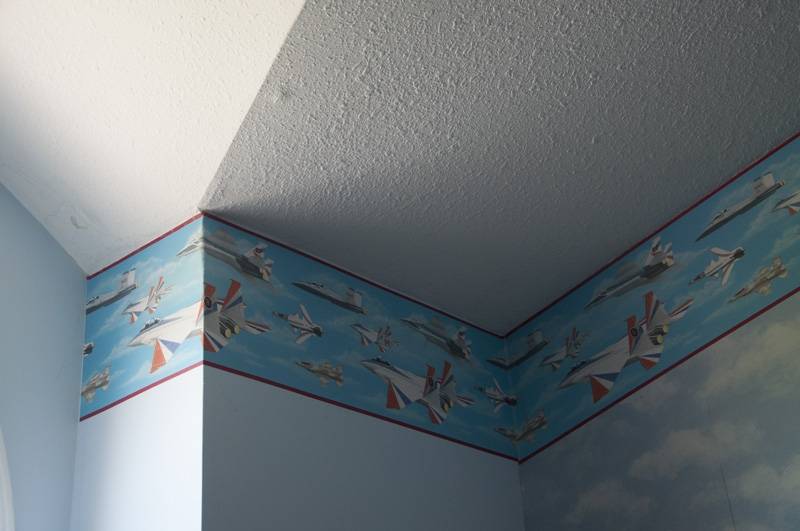
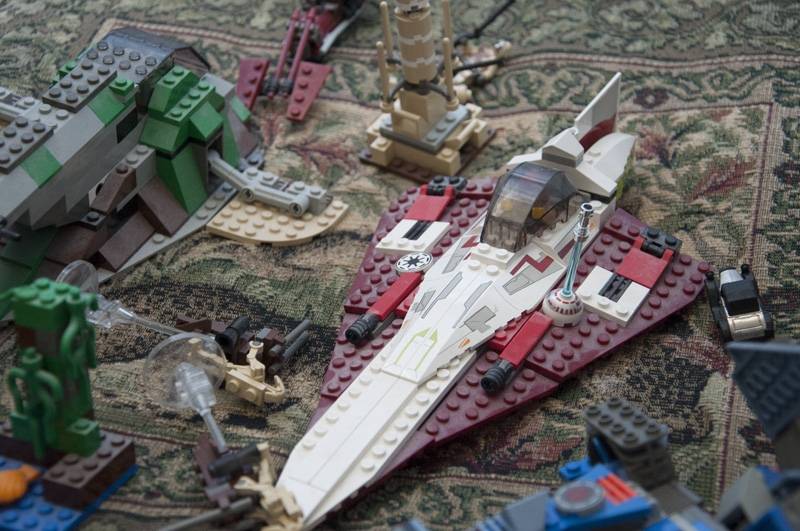
SP: Choose a piece of your artwork and explain it in detail.
Ito: The base idea for folding origami cranes into a mushroom cloud came from Sadako and the Thousand Paper Cranes by Eleanor Coerr. The story is a fictional retelling the story of Sadako Sasaki, a Japanese girl who lived in Hiroshima when the atomic bomb was dropped on August 6, 1945. After developing leukemia from radiation, Sadako folded over 1,000 paper cranes (even using medicine wrappings due to limited access to paper) based on the belief in the Japanese legend that one who folded 1,000 paper cranes would be granted a wish. Her wish was to live. Sadako passed away on October 25, 1955, but she lives on as a symbol of peace in Japan, the US, and around the world. There are statues of her with folded cranes at the Hiroshima Peace Memorial Park and the Seattle Peace Park. To me, Sadako is a reminder of the impacts of war and violence in general and also a symbol of hope and healing. Her wish did not seek retribution, her wish was to live and I think living is what most of us are still finding out how to do.
With this project I hope using the cranes as “building blocks” will transmute the image of a mushroom cloud from a symbol of destruction into a symbol for peace. I initially set out to fold 1,000 cranes, but once I reached that mark I realized I didn’t have enough cranes to create the desired shape. I gradually folded more and more until a few weeks ago when I amassed just around 3,000 cranes. I used traditional origami paper and cut my old business cards down to fold into cranes as well. As a small offering back to the planet for the paper I used in folding the cranes, I intend to plant trees or support those planting trees here in C-U and in my travels.
The actual exercise of folding cranes is relatively straight forward, but I knew that getting up to even 100 cranes would take time and patience. I hope that when others observe the finished crane cloud they can also picture my process. Some cranes are definitely smoother or better creased than others, regardless of whether I folded them earlier or later in the process. However, I feel that like a puzzle, each crane has its place as a piece of the whole, regardless of any surface level preferences or blemishes.
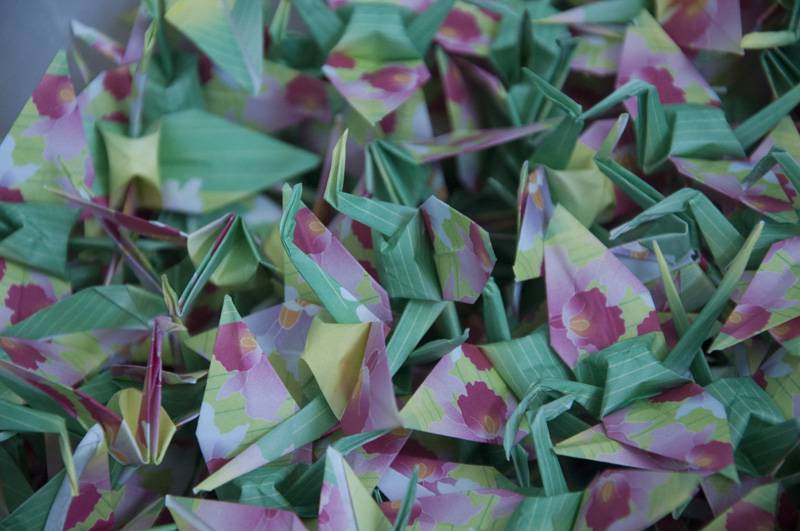

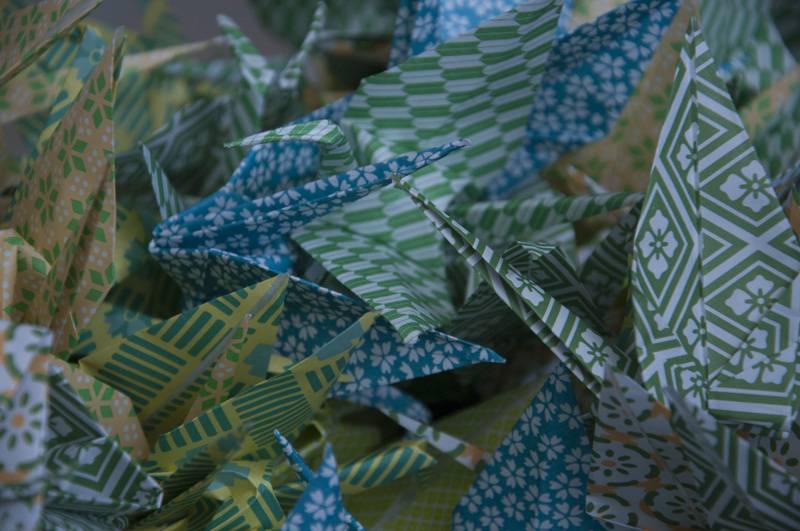
SP: What movie would you recommend to watch and why?
Ito: Wes Anderson’s The Fantastic Mr. Fox. It’s stop-motion animation based on Roald Dahl’s book of the same name. The voice-over cast includes Meryl Streep, George Clooney, and Bill Murray. There are heists, lessons on identity, “cussing” instead of swear words, jug bands, homages to other movies, and just plain fun. Plus, there are some deeper reflections on the impact of humanity’s production and consumption on the environment, but that’s a different story!
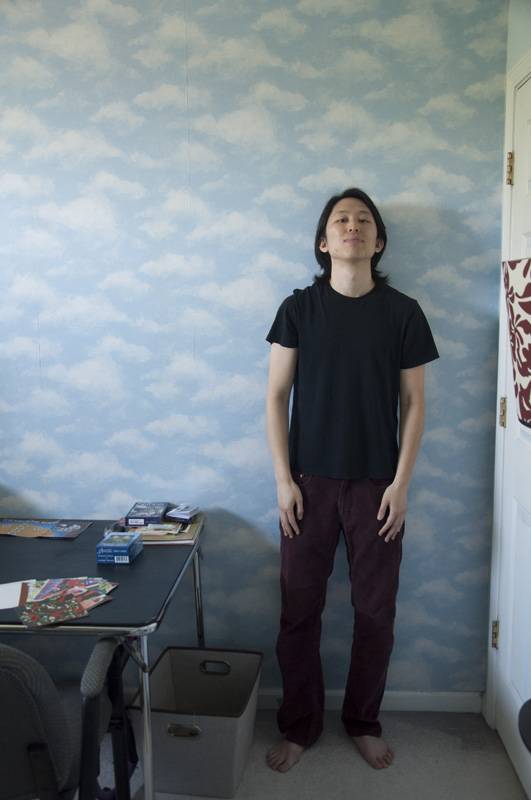
SP: What is your favorite spot in C-U?
Ito: I don’t have one favorite spot, but my favorite thing about the spots in C-U is that there are consistently events going on around town. I like going out to eat, but really I enjoy potlucks with friends the best. Two of my favorite outdoor spots are the Japan Garden paths and the exterior of Krannert Center. Practicing kung-fu in the outdoor amphitheater there this past summer was a lot of fun for me.
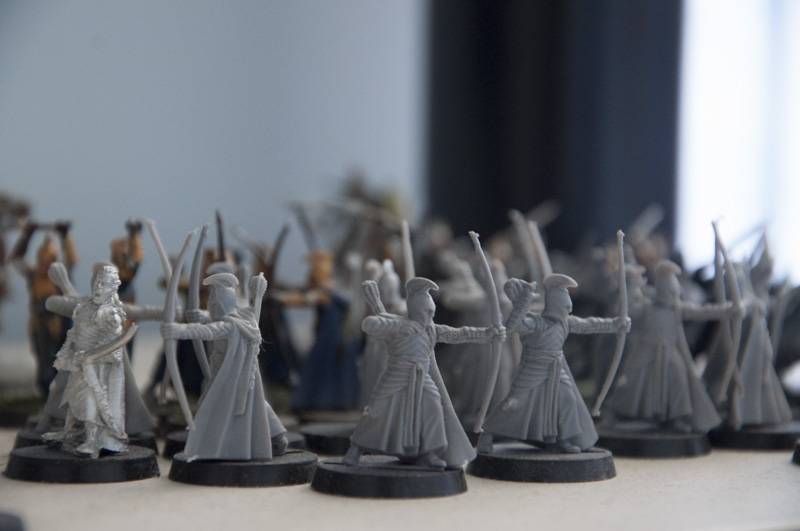
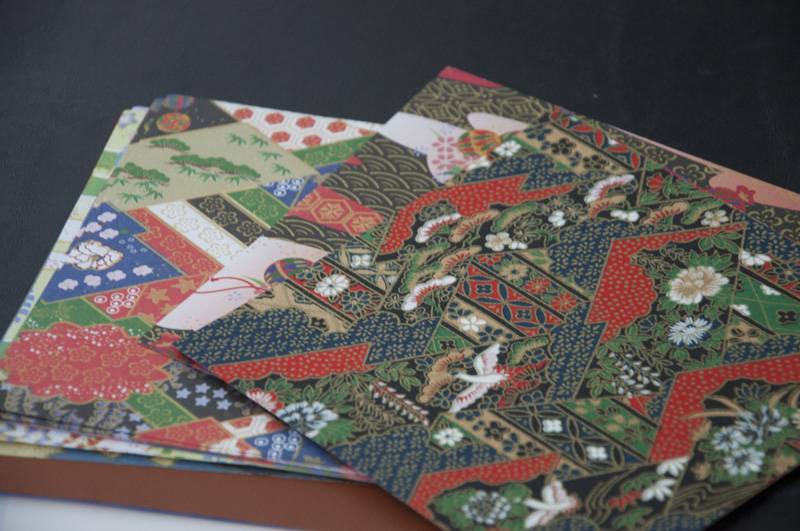
SP: What do you think about the art scene in C-U?
Ito: I’m grateful that C-U and the surrounding area has a great and vibrant art scene. There are galleries in food co-ops, converted cinemas and office spaces (postal and telephone communications included!), coffee shops, etc. I also appreciate that this area has venues hosting renowned musicians from around the world while also providing the chance to get to know less-publicized artists through intimate shows at smaller venues like homes and restaurants. C-U really has a wide range of venues and individuals that are helping to bridge connections between the recently-arrived talent in C-U and those with a longer history here in town.
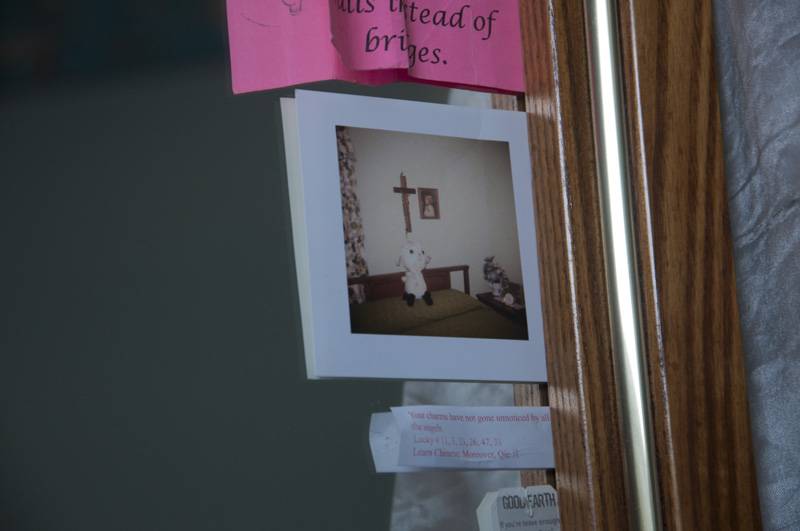
SP: Where, when and how can we see your work?
Ito: Like a cloud, the answer is up in the air. I’m still figuring out how to structure the cranes into the cohesive shape. I’d like to have it completed and shown, be it in a gallery or outdoors, by August 6th this year, the 71st anniversary of the Hiroshima bombing. Just like with the process of folding the cranes, I’m learning to have trust and patience in figuring these details out.
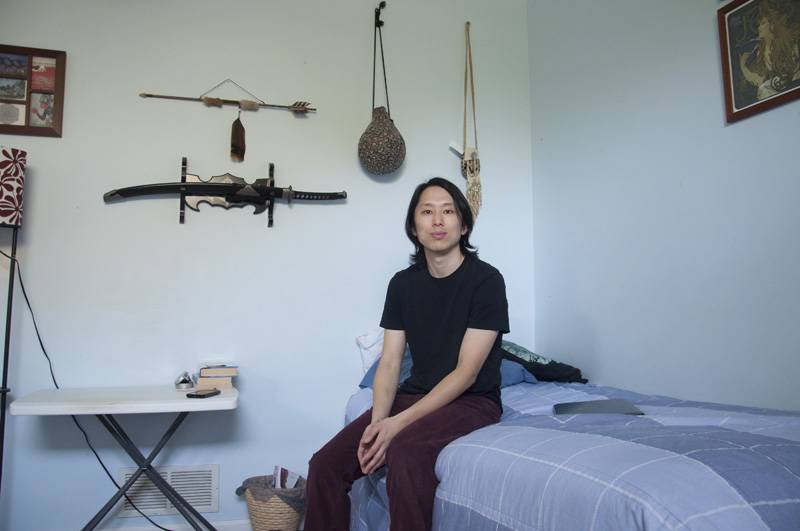
About the author: Jimena Oliver
Jimena is a photographer at Smile Politely. Find more of her work and photographs online:








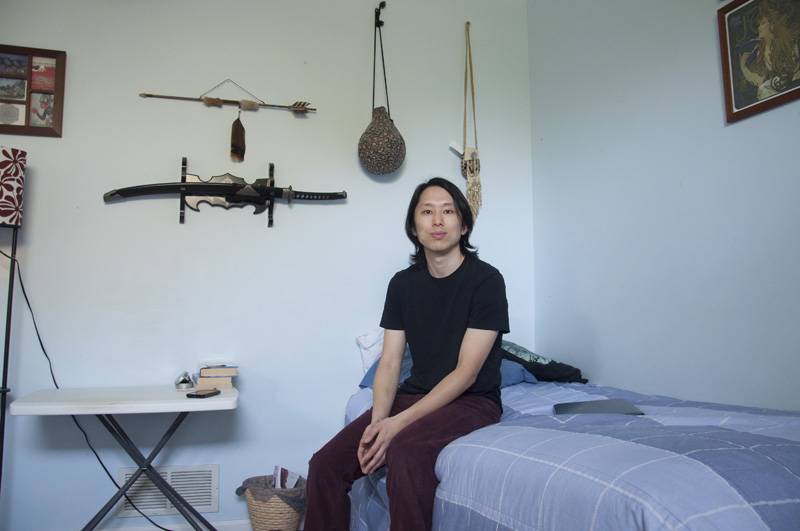
 About the author: Jimena Oliver
About the author: Jimena Oliver